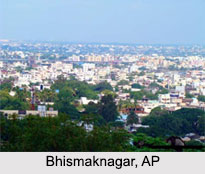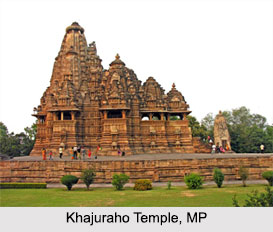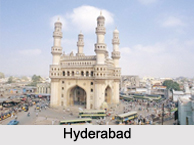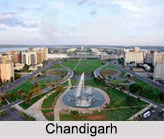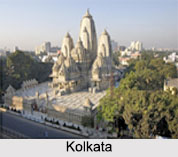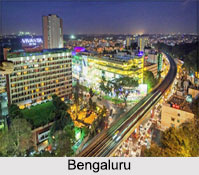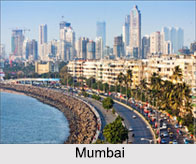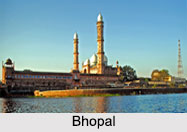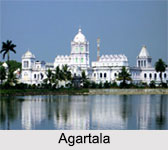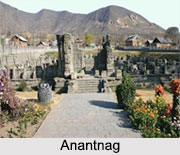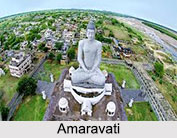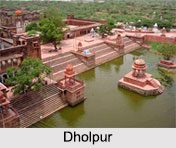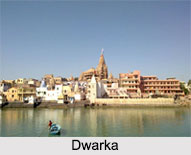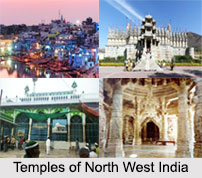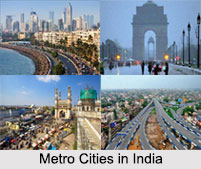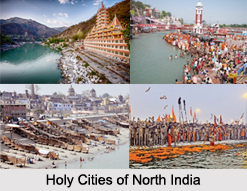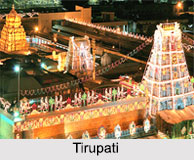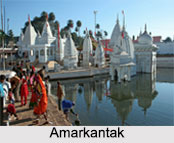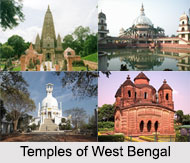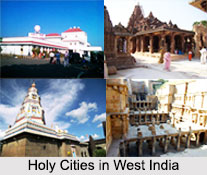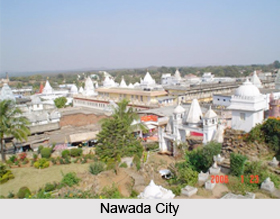 Nawada is an Indian city and a municipality in Bihar. It is also the headquarters of Nawada district.
Nawada is an Indian city and a municipality in Bihar. It is also the headquarters of Nawada district.
Location of Nawada
Nawada has the headquarters town of the subdivision of the same name, lying on both sides of the river Khuri in 24 degree 53 minutes North and 85 degree 33 minutes East. The name is a corruption of Nauabad or the new town.
History of Nawada
Nawada is a part of the famous ancient Magadha of south Bihar. The origin of the name Nawada is believed to lie in a corruption of the old name Nau-abad or the new town which was earlier known as "The Eliot Market (Bazaar)". Before its acquisition by the East India Company, Nawada was ruled by the nearly independent Rajas of Hisua. After its acquisition, Nawada was the centre of great disorder till 1845, when it became the headquarters of the newly created subdivision. The elements of disorder came to fore again during the Mutiny of 1857, when Nawada was overrun by marauding parties. The local offices were destroyed, but Government records were saved by the native officials who hid them in a cave in a neighbouring hill. These are the only available public records dating back to an era before 1857 in the district.
Geography of Nawada
Nawada is located at 24.88 degree North to 85.53 degree East. It has an average elevation of 80 metres (260 ft). The city is divided into two blocks by the Khoori river, the left bank being the older, while the right bank is the modern section with public offices, sub-jail, dispensary and schools.
Demography of Nawada
Nawada city has a population of 109,141. Nawada has a sex ratio of 957 females for every 1000 males. The average literacy rate is 74%, higher than the national average of 63.5%: Male literacy is 81%, and Female literacy is 67%. In Nawada, 17% of the population is under 6 years of age.
Economy of Nawada
Nawada has been growing into an important trade centre in South Bihar region. Earlier, Nawada was the main market town for the surrounding villages. Purani Bazaar, Main Road, Gola Road and others are the chief commercial centres.
Culture of Nawada
Nawada is a hub for sports competition both on a district and state level. Nawada is in most famous for Handball and kho-kho in the state. In city area, there is a stadium known as Harishchandra stadium for outdoor games like cricket, football etc.
Tourism in Nawada
Nawada has a museum called the Narad Museum. This museum shows the culture and ancient historical marks of Nawada. Some other significant temples and religious spots within the city are Surya Narayana Mandir, Shobhnath Mandir, Sankat Mochan and Gonawa Jal Mandir.
Visiting Information
Nawada is well connected by all other parts of the state by roadways and railways. The very famous National Highway NH 31 which is part of the Asian Highway Network and AH42 runs through Nawada and connects it to major cities like Kolkata, Asansol, Ranchi, Jamshedpur, Bokaro, Dhanbad, Bihar Sharif and Patna.
